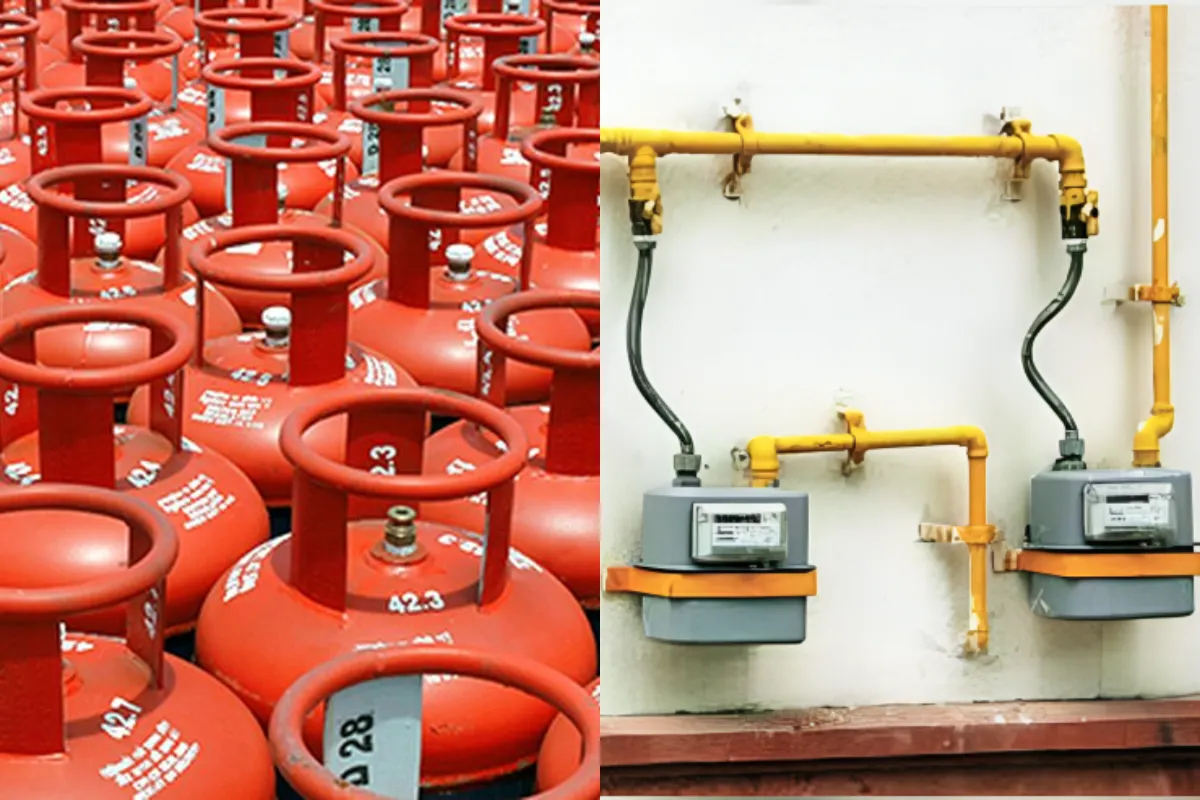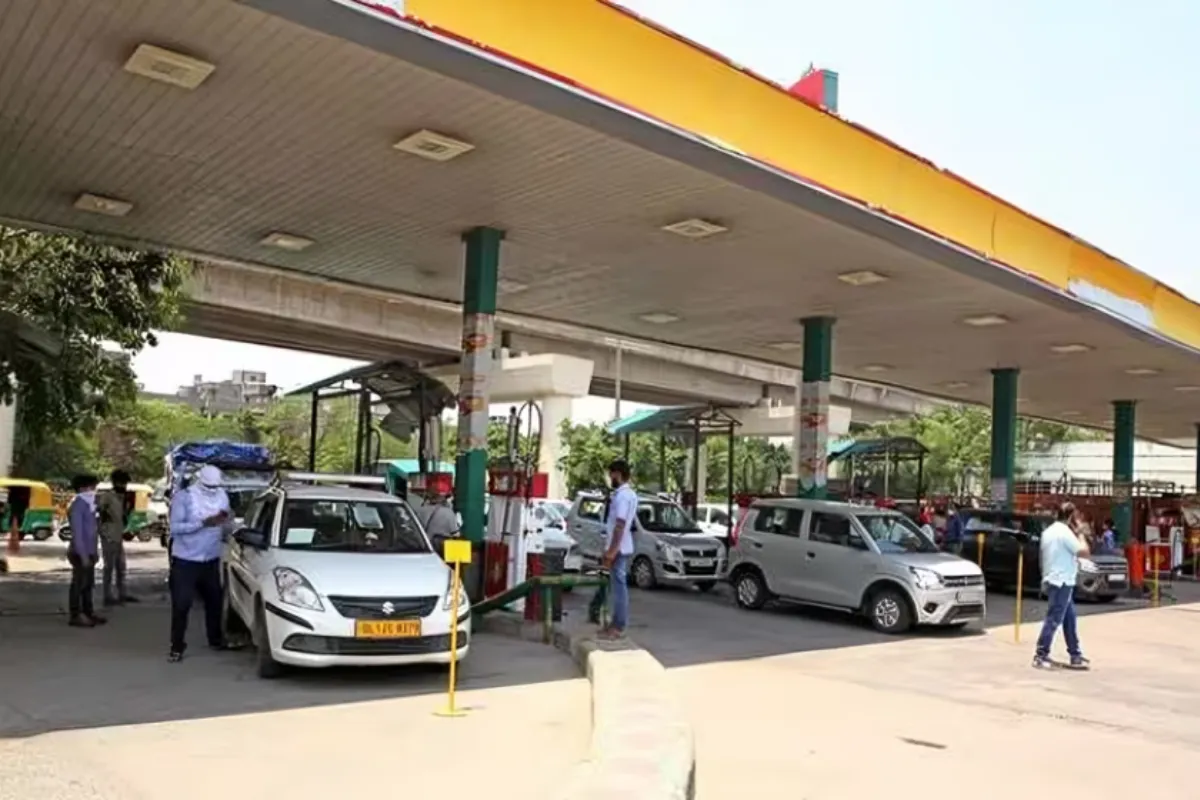The majority of domestically produced natural gas is produced by state-run explorers, and the Cabinet on Thursday announced a new pricing structure: 10% of India’s monthly average crude oil import price, with a floor of $4 per unit and a cap of $6.5. As of Saturday, the change would effectively lower prices for compressed natural gas (CNG) for cars and piped natural gas (PNG) supplied to kitchens by up to 11%.
Anurag Thakur, the Union Minister for Information and Broadcasting, made the announcement on Thursday evening. He noted that the decision was made to help millions of consumers nationwide, especially those who use PNG and CNG, and that it was timed to coincide with the BJP’s foundation day. “Hon’ble Prime Minister Narendra Modi has given the gift to the people on the foundation day… It is a good day and a good decision as this [decision] would benefit all – domestic [consumers], industrial [units] and farmers,” he said.
The minister said “the tentative impact of price reduction in APM (administered price mechanism) gas” would help PNG and CNG consumers. If CNG is priced at ₹92 per kg in Pune, it will be reduced to ₹87 a kg, he said. Similarly, PNG will cost ₹52 instead of ₹57. In Mumbai, if it is ₹54, it will become ₹52. In Delhi, it will be reduced from ₹53.49 to ₹47.49. In Bengaluru, it will drop from 58.5 to ₹52, he added.
APM, or the administered price mechanism, is applicable to the blocks that were awarded on a nomination basis, without open bidding, to the state-run explorers Oil and Natural Gas Corporation (ONGC) and Oil India Ltd (OIL).
Cabinet’s choice is based on the advice of a group of experts
The Cabinet’s choice is based on the advice of a group of experts led by economist Kirit Parikh, whose report was submitted on 30 November 2022, and which suggested a floor price of $4 per unit and a ceiling price of $6.5 for natural gas generated from the old APM fields run by ONGC and OIL.
The committee did not alter gas prices for challenging deep water fields like Reliance-KG-D6, BP’s which is based on a separate formula established in 2016, as its scope was restricted to the evaluation of the 2014-formula for APM gas.
New formula “strikes a balance between interests of both consumers and producers”.
Thakur said the new formula “strikes a balance between interests of both consumers and producers”. India is heavily reliant on energy imports. More than 85% of the crude oil and 55% of the natural gas it uses come from imports. A government official who asked to remain anonymous said it is in the interest of the nation to encourage oil and gas firms to increase output from local fields and create new discoveries.
The New Exploration Licensing Policy (NELP) blocks and pre-NELP blocks, where production sharing contracts (PSCs) between the government and energy exporters allow for the government’s approval of prices, are also subject to the new pricing formula, according to a statement from the Oil Ministry. However, only gas generated by ONGC and OIL from designated blocks is subject to the floor and ceiling.
The price of natural gas produced from the three categories of fields listed above will now be decided monthly and will be 10% of the average monthly cost of Indian crude basket (average cost of crude import). “For the gas produced by ONGC & OIL from their nomination blocks, the Administered Price Mechanism (APM) price shall be subject to a floor and a ceiling,” the statement added.
As an incentive to increase output through new investments and the introduction of cutting-edge technology, gas generated from new wells or well interventions in the nomination areas of ONGC and OIL will be permitted a premium of 20% over the APM price, according to petroleum secretary Pankaj Jain. He promised to send out a separate notification with further specifics about this.
Also Read: OnePlus 11: Top variant with innovative features to launch in India, specs and all other details here
Keep watching our YouTube Channel ‘DNP INDIA’. Also, please subscribe and follow us on FACEBOOK, INSTAGRAM, and TWITTER












